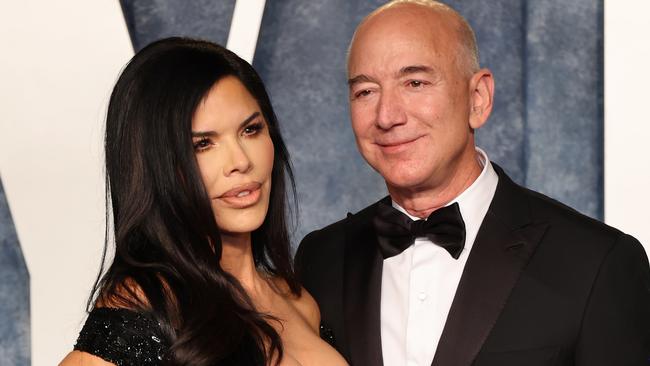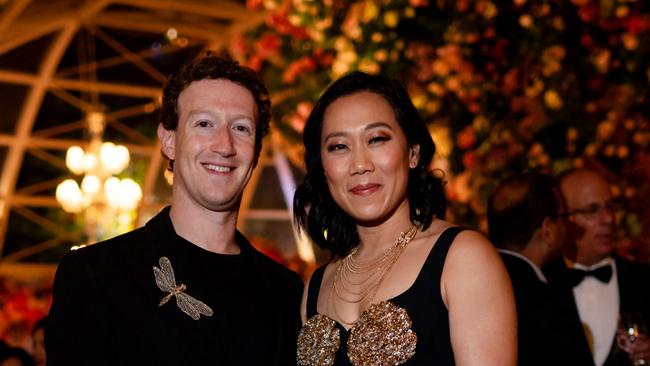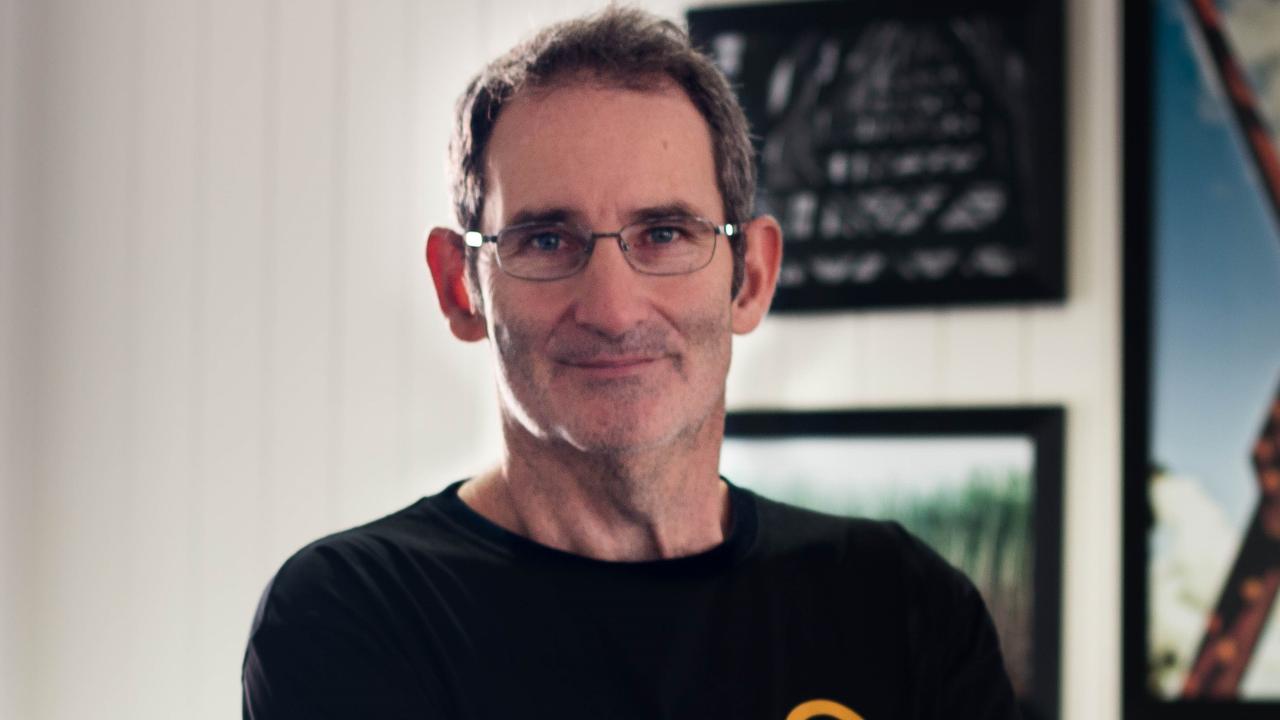
Amazon Prime’s ability to attract 4.1 million streaming Australian subscribers is a clear signal media in Australia is set to be part of the global digital and entertainment revolution much sooner than expected.
The massive change ahead will be similar to that created by the internet, and impacted media players which don’t or can’t adapt will not survive.
And it is also a forerunner of big changes in retail.
Last month, US trends emerging in Australia and a slump in Australian TV advertising revenue triggered me to comment under the heralding “Free-to-air TV facing threats from streaming and targeted advertising”.
The trends behind the Amazon embrace by Australians take those threats beyond free-to-air TV.
We are experiencing two revolutions in media usage. One is via the younger generation having different viewing preferences to previous generations. The second is the advertising revenue attraction of being able to reach the specific audience an advertiser is seeking.
Amazon subscribers receive major subscription concessions if they accept advertisements and Amazon knows much more about their viewers than is available on conventional media like free to air TV, print and radio.
Many Australians may have been attracted by the Amazon online retail offerings, but in essence they come to Amazon to watch visual entertainment, usually based around overseas or Australian-made films.
But that’s just the start. In the US, Amazon is paying huge sums to obtain National Football League content and the US equivalent over our free to air television (the cable channels) are struggling to match.
In time, the old US bastions of TV sports simply will not be able to compete against the digital advertising power of Amazon and groups like Netflix.
And the NFL has responded to the generational change by making football games spectacular events to attract the younger people who seek entertainment from groups like Amazon and Netflix. Australian viewers will be attracted via Amazon, and Australian sports should be on the alert.

Australia’s free-to-air television stations know what is coming and are demanding government extend the anti-siphoning laws to protect their dominance of big sporting codes. Almost certainly they will succeed.
But this protection will not last forever. In the commentary mentioned above, my readers responded, showing they were very critical of the free-to-air television standards.
I was stunned, and it is a clear warning that at least in my segment of the viewer market, free-to-air television has lost the plot. If those seeds of discontent germinate in the wider community, then the current siphoning rules will not be sustainable by any government.
The free-to-air TV networks also want television sets altered to give them the display preference currently accorded the streaming networks.
As in siphoning, the government looks set to agree, but I suspect it will not make a great deal of difference because the consumer market has moved on, as illustrated by the Amazon success in Australia.
The third plea to the government for help in countering the major US players in the global digital revolution comes from newspaper companies, including NewsCorp, which publishes The Australian.
The Australian media companies want payment from the US giants for the use of their Australian copyrighted news content. Last week, Meta, the parent company of Facebook, announced it was walking away from the payment-for-content deals. Meta claim fewer people are consuming news content on Facebook, which is disputed by Australian news publishers.
Meta could be fined if it walks away.

I will leave others to pursue that debate, but in New Zealand a major news provider for TV and other outlets has just ceased business, leaving New Zealand with only government providing syndicated news.
Audiences which have been assembled by the global majors in Australia and around the world tend to be younger people, who do not tap news in the same way as previous generations. Long term, this is a major threat to all news organisations.
A different approach to news is going to be required if news is to have a stake in a world which is social media and entertainment driven, and is being organised on a digital basis.
I think it’s likely the Albanese government will agree to do what the Australian media companies are asking on all three fronts.
But history tells us that when there is a major consumer revolution taking place blockages can be put in place by governments to delay the impact, but unless consumers agree with those blockages they become too unpopular and over time are removed.
In retail, Australian shopping centre malls have fought back with an “entertainment” offering, but the online market share is set to grow further.
Australian retailers should not have allowed Amazon such a free run in capturing such a subscriber base and be in a position, longer term, to add a portion of Australia’s enormous sporting army to their retail arsenal.
Future retail chief executives and boards will not look favourably on those who lead the retail sector in the past five years. They should have found a way to match Amazon. Future retail profit growth will be impacted.




